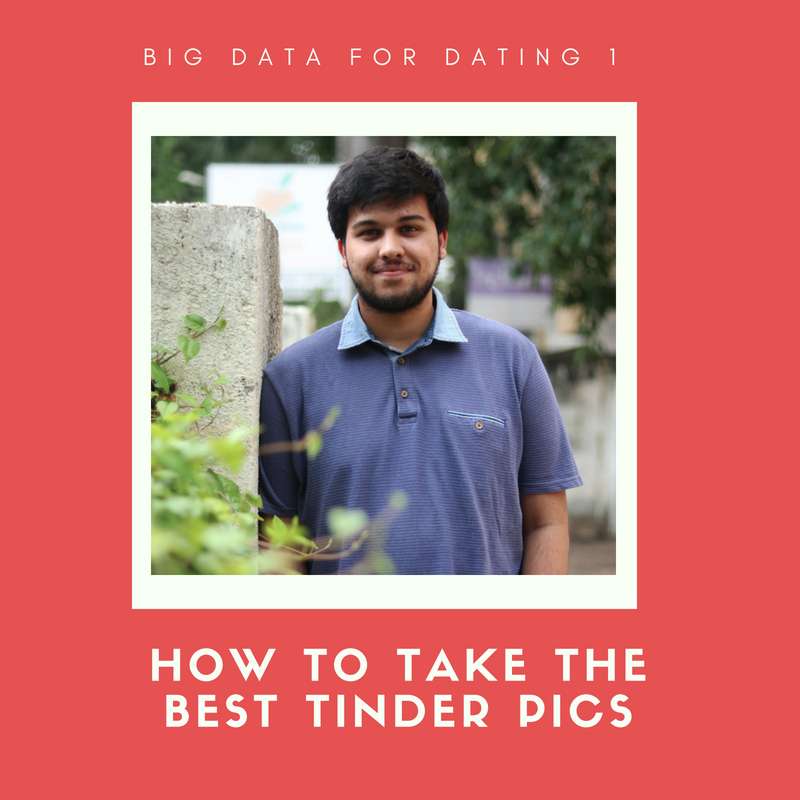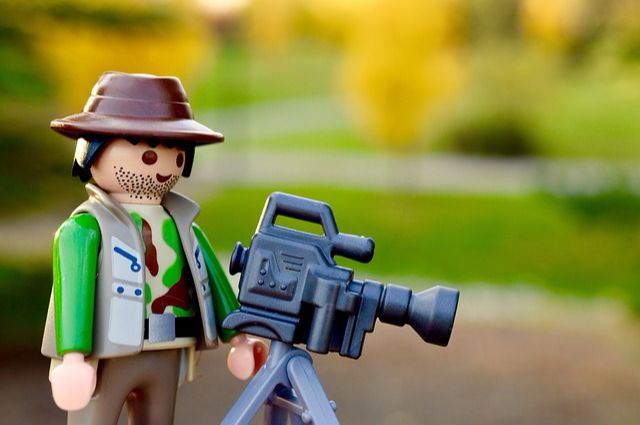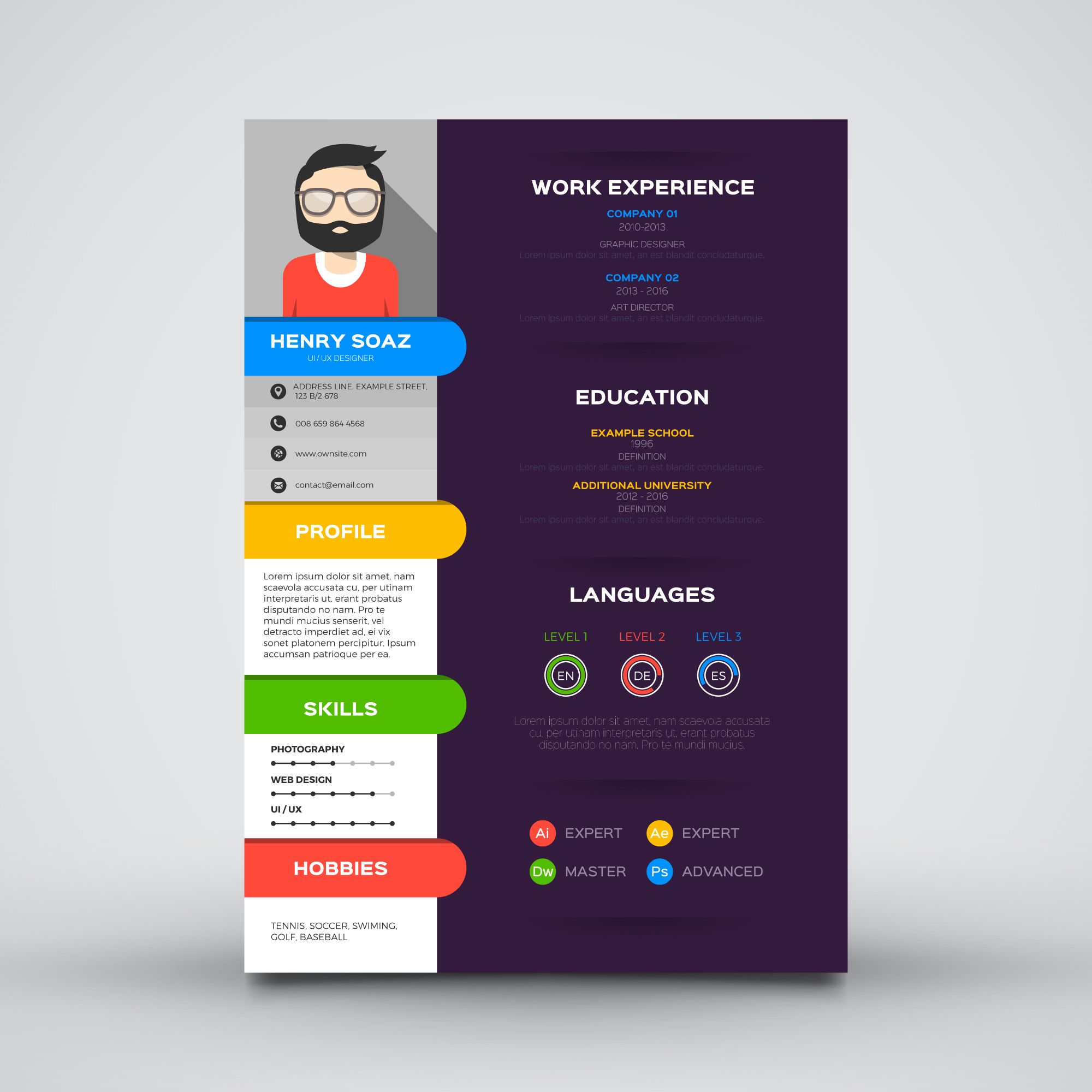Big Data For Dating 1: How To Take The Best Tinder Pics
- Piyush Tainguriya
- June 13, 2018
- 0 Comments
- 0 Likes
- 2395 Views

What if I told you that the emerging field of Big Data Analytics could help you land dates? Whether you’re a dating newbie or a campus Casanova, you can use Big Data to get lucky RIGHT NOW!
So, the most popular dating app right now is Tinder. Let us focus on this one for now. The most important feature of your Tinder profile is your pictures. It’s pretty simple, have good pictures up and get more matches. Now let us see how we can use engineering to get you the best Tinder pics.
Big Data is the discipline of using large amounts of data to find underlying patterns in it that we can exploit. Where might we find large amounts of data pertaining to dating? Dating apps of course! But there’s a problem. That data isn’t available to us. However, OkCupid - another major dating site/app, isn’t shy about sharing their data patterns with us. Not data points, mind you; just the conclusions they infer from analyzing those data points.
In 2009-10, they ran an initiative in which users rated pictures in comparison to another picture. A user who agreed to participate in the experiment would see two pictures next to each other(different people). They would then click on the picture that they would like to go on a date with. Then they analyzed 11.4 million such separate opinions on 552000 different pictures. Now different people have different dating preferences but when you go through a data sample as huge as 11.4 million ratings, those differences fall away and the similarities and patterns begin to crystallize.
Now looks, liking, crushes etc are subjective issues that are hard, if not impossible to quantify. So how did OkCupid, engineers come up with patterns? Well, there happens to be a little something called an EXIF file connected to every picture you take. All these pictures similarly, had their corresponding EXIF files. EXIF files basically contain the metadata of the picture. To give you a better understanding - here’s a picture of my colleague Chirag taken by another colleague Sarika.
I right clicked on this picture on my desktop and scrolled to “properties” and got this. This is the EXIF data
This is a wealth of information, already quantized and waiting for analysis. And 11.4 million of these are enough to make you a data-driven playboy. Now, you don’t have to run the analytics by yourself. I’ve got you the recommendations gleaned from them.
The most important pieces of the puzzle, by the impact they had on a favorable rating (selection for a date), turned out to be camera brand, camera class, flash, depth of field and time of the click.
Camera brand: Sorry Canon and Nikon fans, Panasonic won this one. Canon was the runner-up and Nikon, the second runner-up. This is not the full story though. You also have to know which kind of camera you’re using.
Camera class: This one might be obvious to everyone or at least those who take an interest in photography. Interchangeable lens cameras performed better than point and shoot cameras and phone cameras were clear losers. Note that this is from 2010. Many phone cameras nowadays can outperform point and shoot cameras. Can they outperform DSLRs? The jury is out on that one. That’s a great project idea, isn’t it?
So here’s a list of camera types from best to worse for your photography pleasure:
- Panasonic Micro 4/3s
- Leica Point and Shoot
- Canon DSLR
- Sony DSLR
- Sony Point and Shoot
- Panasonic Point and Shoot
- Sidekick
- Apple iPhone
- Olympus Point and Shoot
- Sony Ericsson Phone
- Minolta DSLR
- Nikon Coolpix
- PalmPri/Pixi
- Samsung Phone
- LG Phone
- Android Phone
- Blackberry Phone
- Kodak Easyshare
- Windows Phone
- Motorola Phone
Fun fact - Everything after Sony Ericsson phone camera afterward actually hurts your rating.
Flash: In short, avoid using flash when you can. It adds 7 years to your face.
Depth Of Field: Without going into the optics of it, just remember this - keep a shallow focus. How to do it? Just adjust your f value to a low number like 0.4 to 0.6. The idea is to focus on you and give the viewer an intimate feeling while shutting out the background. Here’s a couple of examples of the difference between shallow focus and deep focus. Our in-house photographer Sarika took pictures of
Nidhi with deep focus and shallow focus. Results below:
(SHALLOW FOCUS)
You can see that the shallow focus one is the clear winner here.
Time Of The Click: This one takes a bit of work. Adjusting for different time zones and daylight savings time in the US, this is what the distribution of picture attractiveness vs time of day looks like.
Looks like the time right after sunrise and just before sunset is the best lit for a good dating profile pic. Anytime between that has the same effect as if the flash was on.
Cool, so to summarize complex cameras beat simpler cameras, shallow focus beats deep focus, and a well lit morning or evening sky beats using the flash.
So we got some pictures with EXIF data that checks all the boxes described in above points. Check out the results for inspiration.
(Chirag by Sarika)
(Piyush by Sarika)
(Unknown Woman by Michael Dam)
I’ll be back next time with more data-driven dating tips. Till then, happy clicking!
*Data and charts are taken from OkCupid blog.
*Header image credit - LUCA
Piyush Tainguriya
An engineer by education, writer by profession and a stand-up comic by vocation. I'm only half joking though.
START LEARNING
START LEARNING
START LEARNING
START LEARNING
START LEARNING
START LEARNING
START LEARNING
START LEARNING
-
![]()
How YouTube Paid For My Pocket Money
January 25, 2018
-
![]()
How I Pursued My Passion For Film-Making
January 26, 2018
-
![]()
15 Tips For a Great Engineering Resume
February 02, 2018



 ALL COURSES
ALL COURSES  COMMUNITY
COMMUNITY  LIVE CHATS
LIVE CHATS  EXPERTS
EXPERTS  MY CERTIFICATES
MY CERTIFICATES  ABOUT
ABOUT  SUPPORT
SUPPORT
Comments (0)
*Some Comments would not be shown if marked as Spam